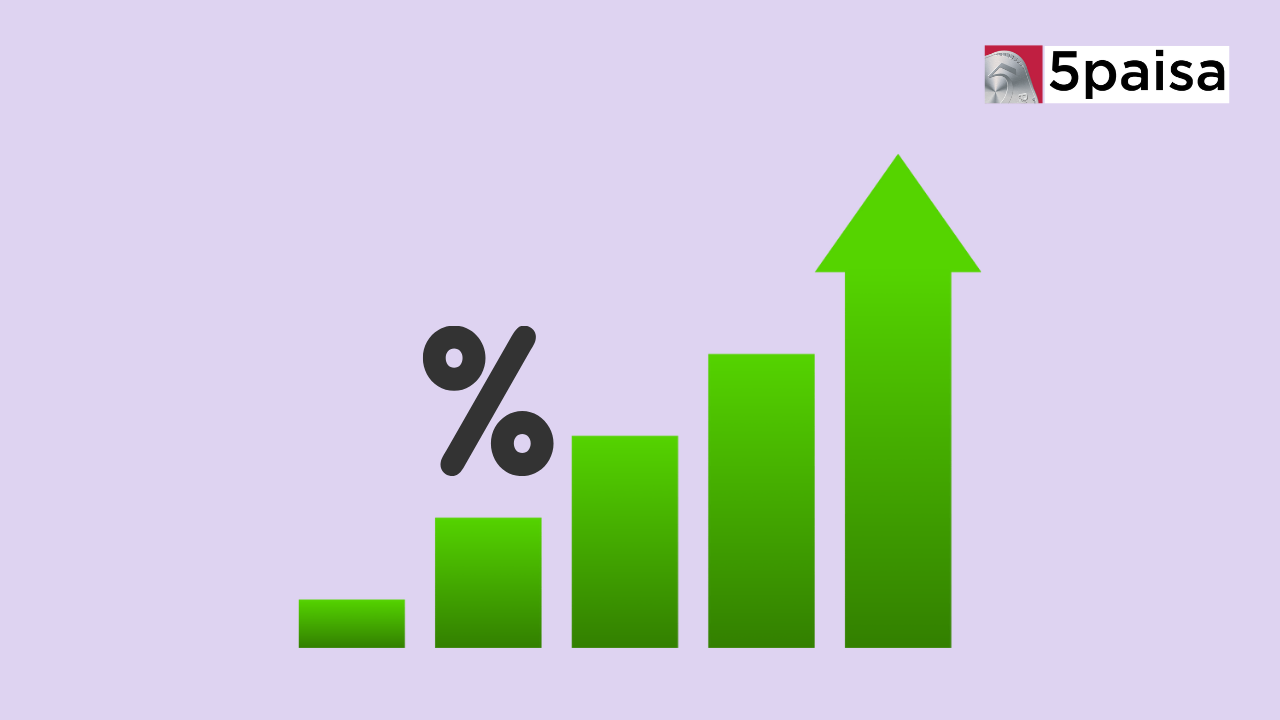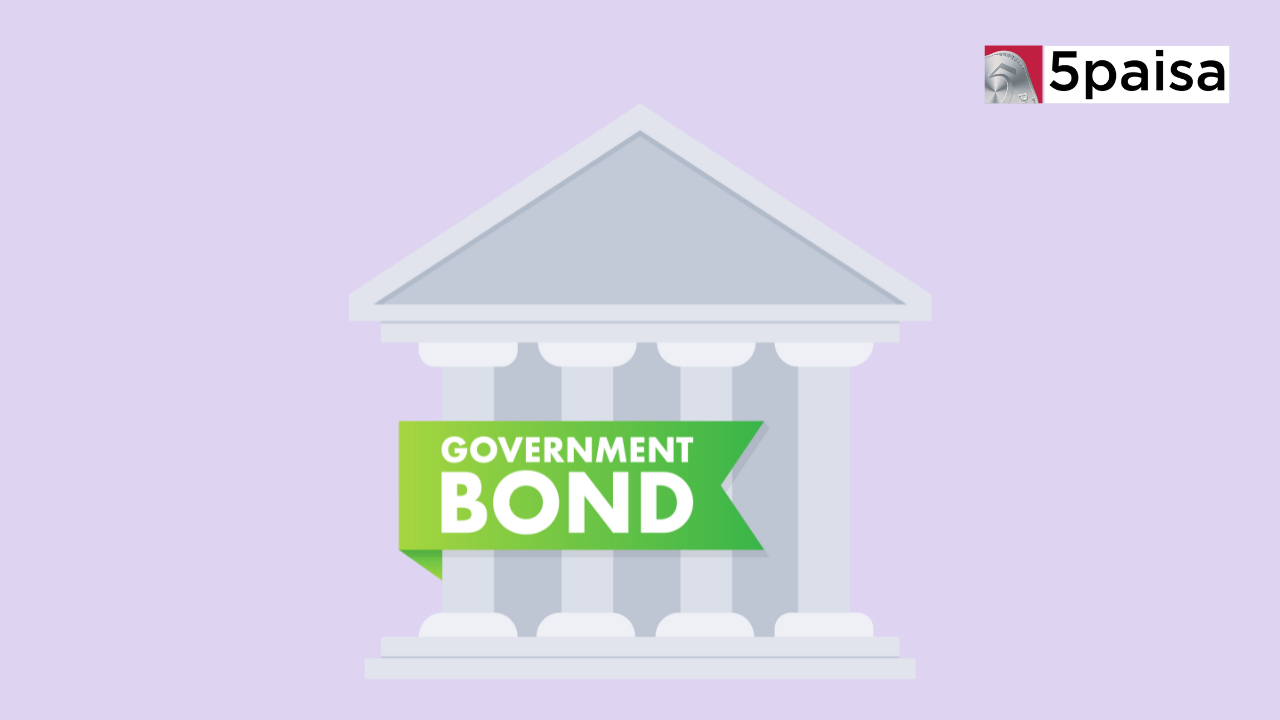Top Growth Stocks Trading at a Discount
Capex is gradually opening up for Engineering and Capital Goods

Last Updated: 9th December 2022 - 03:05 pm
Prices for key raw materials such as steel, copper, aluminum, and ferrochrome have recently fallen sharply by 10-15%. On a quarterly basis, the earnings margins are expected to improve slightly, owing to a drop in commodity prices and the lag effect of price increases announced by a few companies. However, the full impact of lower commodity prices is unlikely to be seen until Q3FY23.
Semiconductor scarcity continues to be a major source of concern for many industries. AIA Engineering, GE T&D, ISGEC, and BHEL are likely to see YoY margin improvement due to price increases, increased operating leverage, and lower provisioning. L&T's margins will most likely be unaffected by the increased share of orders with price variation clauses.
Steel, copper, aluminum, and ferrochrome prices have dropped dramatically (10-15%) in recent months. With the Indian government's infrastructure push, a positive shift in the domestic capital expenditure story is expected in the near- to medium-term. Furthermore, multilaterally funded projects (such as the metro, roads, and 'China plus One') are gaining traction. Global markets remain uncertain as fuel prices rise due to geopolitical issues such as the Russia-Ukraine war. While the tender pipeline remains strong, companies exposed to international markets may experience delays in ordering.
The government continues to prioritize infrastructure development, with the Finance Minister previously urging central ministries and departments to prioritize capital expenditure and achieve higher targets. This would also encourage private capital investment. The government has been pushing for higher capital expenditure to boost growth, with a 26% increase in the FY22 Union Budget, followed by a 35% increase to Rs. 7.5 trillion (2.9% of GDP) in FY23 capital expenditure.
Roads, railways, airports, ports, mass transportation, waterways, and logistics infrastructure would be critical sectors. The recently launched PM Gati-Shakti program, worth Rs. 100 trillion, is expected to represent a game-changing approach to increasing private capital expenditure. A total of Rs. 1 trillion has been set aside under this program to provide 50-year interest-free loans to states for capital investments. With the overall focus on infrastructure development, private capital expenditure will begin once commodity price volatility subsides.
Over the last decade, the hydrocarbon sector has experienced a moderate capital expenditure trend. Annual investment in upstream hydrocarbons peaked at $ 780 billion in CY14, according to the International Energy Agency. Since then, the highest annual spending in CY19 was $ 483 billion (roughly 62% of CY14 levels). The moderate spending was driven by shale growth in the United States. Covid and the resulting slowdown in global economies led to a further decrease in spending, which is estimated to be around $ 320 billion in CY20.
There are early signs of a revival in capital expenditure, which we anticipate will be fueled by global GDP (which is expected to recover fully post-covid); a sharp recovery in crude oil prices due to increased demand for mobility; and moderate capital expenditure in the previous decade. L&T and Engineers India will benefit from a rebound in global hydrocarbon capital expenditure, particularly in the Middle East.
Trending on 5paisa
04
 5paisa Research Team
5paisa Research Team
Discover more of what matters to you.
Indian Stock Market Related Articles
Disclaimer: Investment in securities market are subject to market risks, read all the related documents carefully before investing. For detailed disclaimer please Click here.
 Sachin Gupta
Sachin Gupta Ruchit Jain
Ruchit Jain




